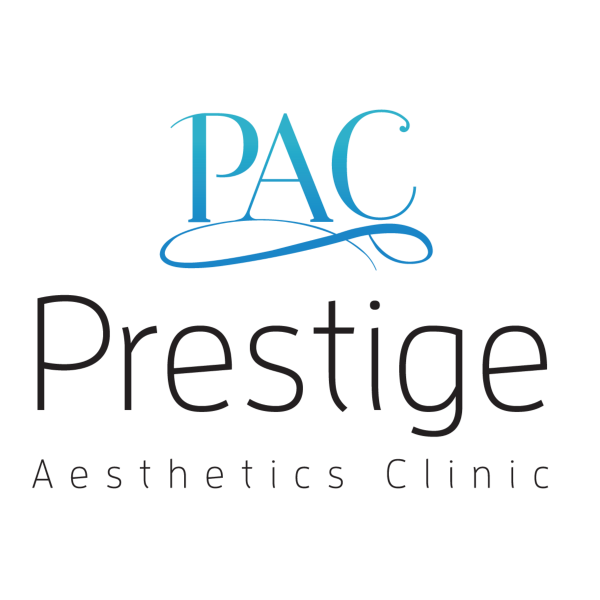
Unveiling the Dark Side of Cosmetic Surgery: A Closer Look at the Risks
In recent years, the allure of sculpting an ideal physique or eliminating bothersome areas of fat has skyrocketed the popularity of cosmetic surgery. Promoted as “minimally invasive” and seemingly accessible to a wide audience, these procedures promise quick fixes to aesthetic desires. However, beneath the glossy facade of transformation lies a growing concern: a significant number of these surgeries are being conducted by practitioners with checkered pasts, leading to significant health issues for many patients.
Several cosmetic surgery chains across the country are marketing these procedures aggressively, often sidelining the due diligence necessary to ensure patient safety. They boast of innovative techniques and rapid recovery times, attracting hundreds of thousands of patients each year. But, when complications arise—from persistent pain to severe injury—it’s not just the body that’s left scarred; the trust and hope invested in these medical promises are shattered.
It’s alarming to note that some doctors performing these surgeries have histories that might make any perspective patient recoil. Whether it’s prior malpractice or disciplinary actions, these records often remain buried under the surface of glossy brochures and persuasive advertisements. This lack of transparency poses a critical question: how can patients protect themselves when the credentials of the offering practitioners are not made explicit?
From a broader perspective, this issue underscores a systemic problem within the regulatory frameworks governing cosmetic surgery. Rigorous enforcement is lacking, allowing those with questionable pasts to exploit loopholes in the system. Stringent reforms are essential to ensure that safety standards are not just checked boxes but genuine safeguards against potential harm. Patients also need greater access to information, empowering them to make informed decisions about both procedures and practitioners.
Ultimately, while the desire to look and feel better is understandable and legitimate, it should not come at the cost of one’s health or wellbeing. As consumers of these medical services, individuals must balance the seductive promises of transformation against the very real need for professional integrity and safety assurance. Until comprehensive measures are adopted to curb these unscrupulous practices, it remains crucial for potential patients to exercise due diligence, thoroughly researching their chosen doctors and the risks involved. It is only through education and awareness that we can hope to prevent further incidents of pain and injury from occurring in pursuit of beauty.



